In humans and other mammals the lungs are vital organs necessary for proper exchange of oxygen and carbon dioxide. The air rich in oxygen enters the lungs via a system of tubes called bronchi and bronchioli and is finally absorbed by alveoli. The oxygen is then transferred by red blood cells (erythrocytes) to all the body cells. Similarly carbon dioxide that is brought to lung alveoli by blood is eliminated and exhaled from the lungs.

Abnormal function and exchange of oxygen and carbon dioxide may occur in many lung illnesses and one of the most severe is definitely a pulmonary embolism. Pulmonary embolism is a medical condition in which certain blood vessels of the lungs are blocked with a blood clot. This blood clot usually originates from other sites in the body such as veins in the legs, pelvis or even heart chambers. Once the blood clot enters the specific lung blood vessel it affects function of the lung portion supplied with the particular blood vessel. This results in inappropriate exchange of oxygen and carbon dioxide and subsequent breathing difficulties.
Pulmonary Embolism: Causes
In majority of cases the clot that leads to blockage of the lung blood vessels originates from the veins of the lower extremities. Deep vein thrombosis is a predisposing medical condition for pulmonary embolism. Pulmonary embolism may be also a consequence of clots that originate from heart chambers.
Deep vein thrombosis usually affects people who have recently undergone a surgery, trauma or injury, particularly to the legs. Hypercoagulation is also possible in people suffering from cancers, certain heart conditions and women on estrogen therapy. The problem with coagulation is also typical after spinal cord injury, bone fractures and stroke. People, who are bedridden, immobilized and those who travel to distant places and have to spend many hours sitting are also susceptible to clot formation and subsequent pulmonary embolism.
Pulmonary Embolism: Symptoms
Symptoms of pulmonary embolism basically depend whether small or large portions of the lungs are affected by a blood clot. In case of massive pulmonary embolism the symptoms are severe and the lethal outcome may occur within short period of time. Some of the symptoms of pulmonary embolism include:
Chest pain (sharp or stabbing) Shortness of breath Dry cough or blood in sputum Rapid heart rate and low blood pressure Increased sweating Dizziness or fainting Cyanosis Nasal flaring Swelling of the lower extremities AnxietyPulmonary Embolism: Treatment
The treatment of pulmonary embolism must be addresses immediately to avoid the possibility of a fatal outcome. Patients are treated with blood thinning medications known as anticoagulants. These drugs are available in a form of pills, injections and in pulmonary embolism they are usually administered intravenously. The most commonly administered anticoagulants are heparin and warfarin. Warfarin is never administered to pregnant women.
Hospitalization is a must in case of pulmonary embolism. The blood clot is treated with thrombolytic therapy and in some cases the clot may be removed with the assistance of a catheter. A catheter may be used for direct extraction of a clot or for injection of a medication which will dissolve the clot.
- www.nhs.uk/conditions/pulmonary-embolism/
- medlineplus.gov/pulmonaryembolism.html
- Photo courtesy of Trending Topics 2019 by Flickr: www.flickr.com/photos/146269332@N03/40418022103/



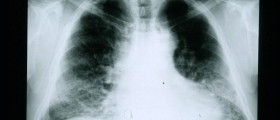

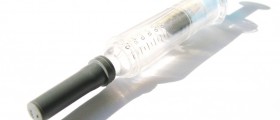
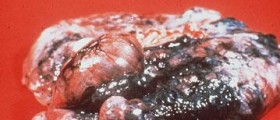


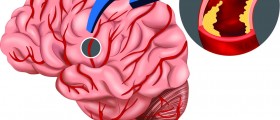

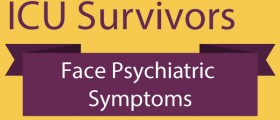

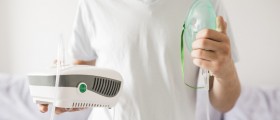



Your thoughts on this
Loading...